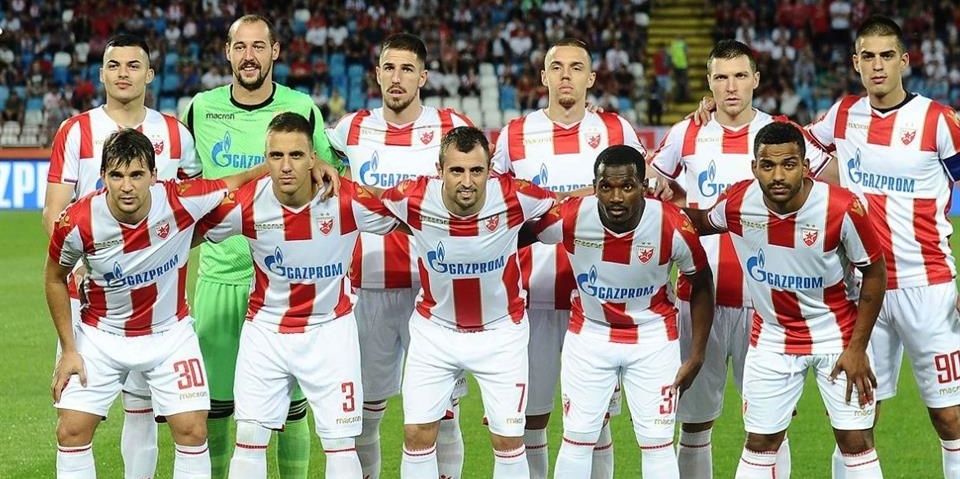Sometimes football clubs experience heights of glory that they can never reach again. This seemed to be the case for FK Crvena Zvezda (Red Star Belgrade), former winners of the most important European football competition, the European Cup (modernly rebranded as the Champions League), until 2018. Here, in brief, is a look at how the club redeemed itself, how they secured a historic victory against Liverpool and what we can expect from the Balkan club in the future.
Red Star, the 1991 champions of Europe
Throughout the late 1980s, Eastern European clubs were a force to be reckoned with in international competitions. This would all soon change for the worse as far as most of them were concerned. But, it did not happen until Red Star Belgrade secured one last, historic, victory.
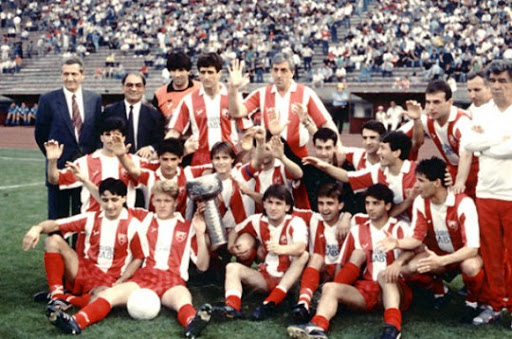
Against an Olympique Marseille side that sported the names of stars like Jean-Pierre-Lapin and Abedi Pele, Red Star stuck to their guns in a Champions Cup final that saw them winning on penalties. Red Star had seemed like a longshot since the start of the season, their self-confidence had paid off.
Robert Prosinečki, Dejan Savićević or Miodrag Belodedici were among the team’s heroes and players who were well on their way to becoming acclaimed players for their national team or for Western clubs. But, as far as football forged in the cauldrons of the old Eastern block was concerned, this was the end of an era.
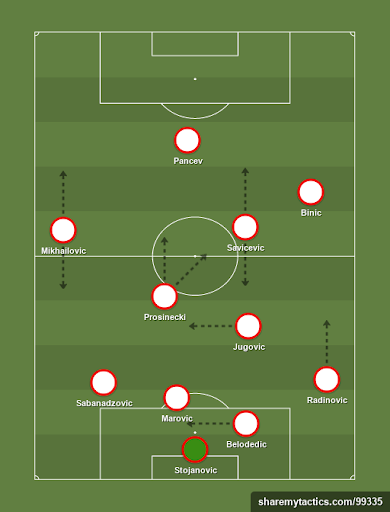
The barren times and the resurgence of Crvena Zvezda
Crvena Zvezda’s Champions League win did not usher in a time of continued success. Rather, much like other heavyweights of similar geographical origins, a time of uncertainty followed.
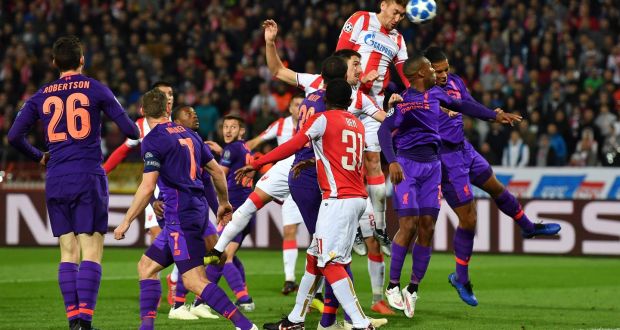
Source: https://www.irishtimes.com/
Sure, Red Star, alongside their chief rivals, Partizan Belgrade, continued to dominate the national competition, first branded First League of Serbia and Montenegro, later the Serbian SuperLiga. But, their access to Europe’s biggest stage, now branded the UEFA Champions League, was blocked until 2018.
Return among the top football top dogs
Following another successful national campaign that had them retrieve their crowns as kings of Serbia, Red Star was once again trying to slip their way into the groups of the Champions League. Between them and glory stood RB Salzburg, the corporate-funded Austrian club looking to appease their sponsors and build a fanbase of sorts.
A converted penalty from Munas Dabbur was enough to send Red Star into a competition, whose predecessor they’d won 17 years ago, but for which they had failed to qualify ever since.
Their squad featured considerable talent, among them the Comorian striker, Ben, and the home-grown flair of players like Nemanja Radonjić and Nenad Milijaš.
That win against Liverpool
Red Star was drawn into arguably the toughest group in the whole competition, facing against Paris Saint-Germain, Napoli, and Liverpool. The Serbian club may have looked doomed from the very beginning, but their brave performances were awe-inspiring.
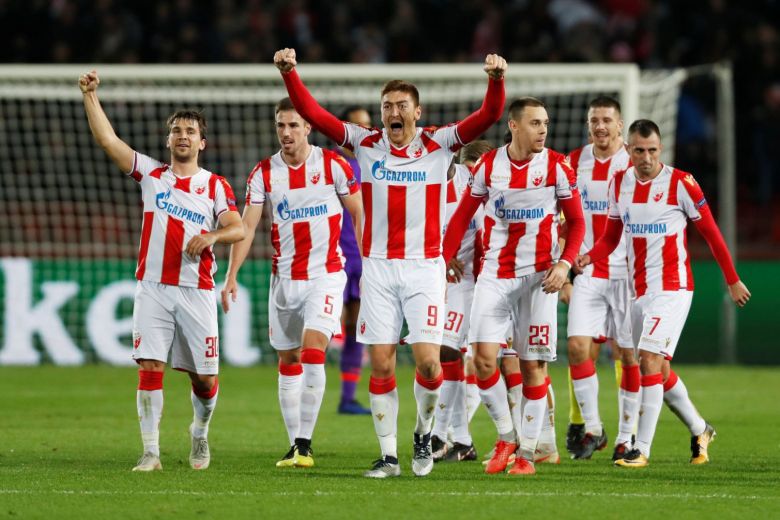
Source: https://www.straitstimes.com/
They finished having amassed four points. And, although they missed out on a qualifying spot, Crvena Zvezda’s Champions League win over Liverpool, the future winners of the competition, by a 2-0 scoreline showed the world just what the club was capable of doing.
Where next for Serbian football
There are many uncertainties about Serbian football just as there are about professional sports in most Eastern European countries. Serbia has, however, remained a prime producer of talented footballers. Many of them graduate to play in Western Europe’s biggest leagues. But, now that Red Star Belgrade is once again representing the country in the UCL, should they consider sticking around?
Crvena Zvezda returned to the competition for the 2019/20 season. This time around, there were no historic victories (albeit they won a game against Greece’s Olympiacos), just self-assured performances from a squad well aware of their worth.
Victories breed victories. Serbian clubs can look at their future with more confidence. The former European Cup winners are back at the top level, building towards retaining their position and happy to enjoy the times they had long been missing.
Featured image source Pinterest
Eduard Bănulescu
